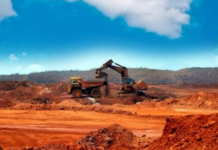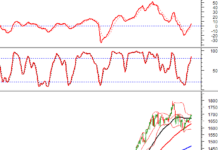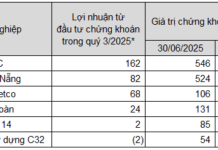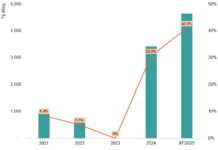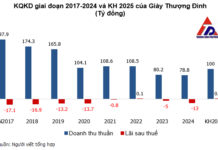On February 28th, Kitco News, a premier source of precious metal news, published an article titled “Gold has the potential to be a safe-haven hedge against the climate crisis – HSBC”. In the article, analysis from HSBC experts highlighted the role of political instability as a key driver of gold’s relative strength.
Gold has witnessed significant safe-haven appeal over the past two years as investors seek to protect themselves against increasing instability caused by conflicts.
However, in a recent report by James Steel, HSBC’s Chief Precious Metals Analyst, and Camila Sarmiento, HSBC’s Analyst for Climate Change and ESG, they noted that the climate crisis is compounding political instability.
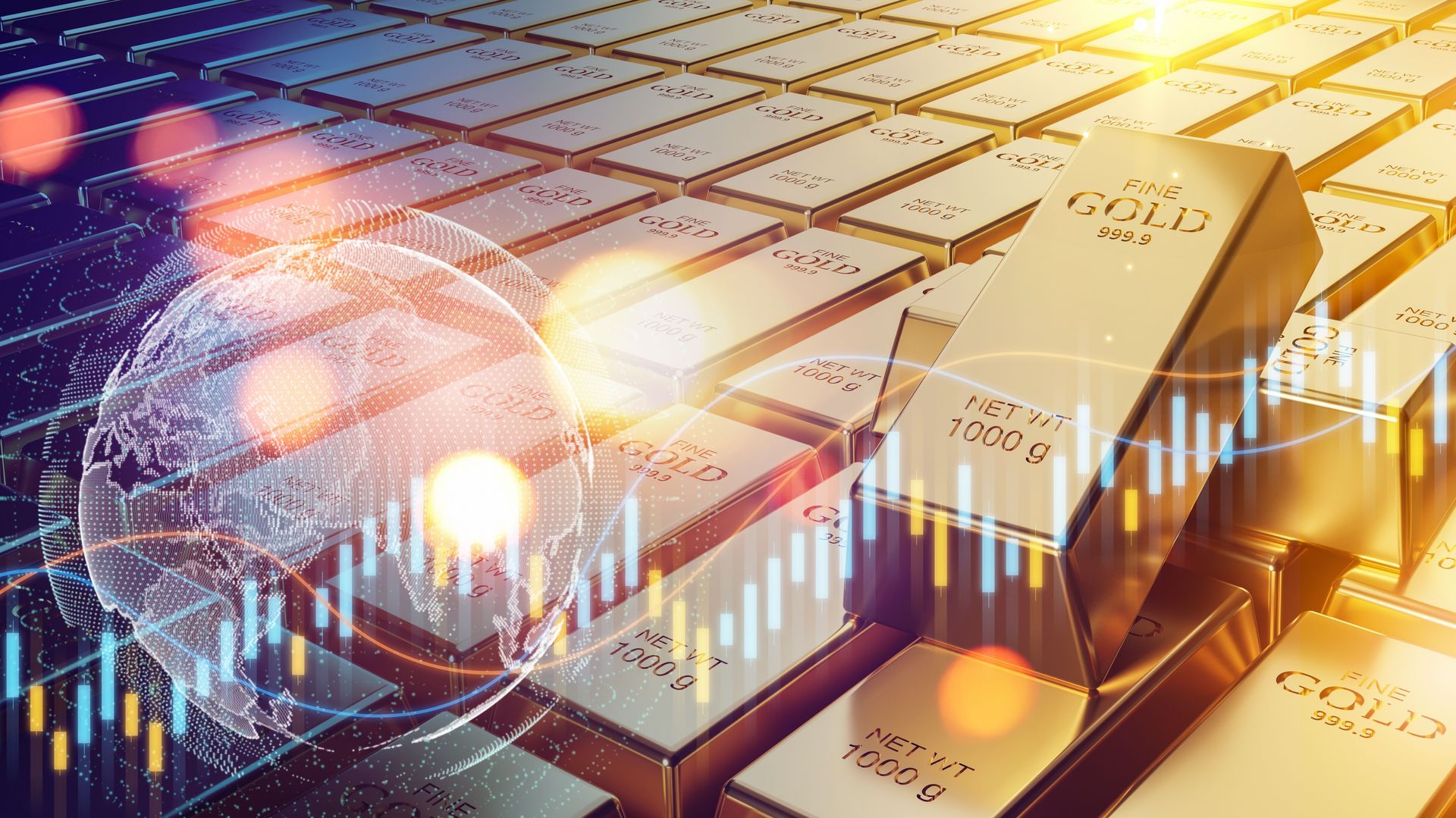
Illustration: HSBC
“Natural disasters – including Hurricane Freddy hitting Malawi and Mozambique (two African countries) in March 2023, Cyclone Mocha hitting Myanmar and Pakistan in May 2023, wildfires in Canada in June 2023, and wildfires in Maui in August 2023 – not only expose the vulnerabilities of critical infrastructure today but also highlight how the global energy and transportation systems are ill-prepared to cope with the unpredictable nature of climate change. Natural disasters also drive up the cost of damages”, the study revealed.
HSBC’s warning comes a month after a World Economic Forum (WEF) study identified climate crisis as a long-term top global risk. The WEF report in January 2024 warned that by 2050, climate change could cause an additional 14.5 million deaths and $12.5 trillion economic losses worldwide.
While it is difficult to gauge the impact of climate change on gold, James Steel and Camila Sarmiento highlighted some factors that investors can measure.


HSBC experts James Steel (left) and Camila Sarmiento. Image: Linkedin
“Global economic downturns positively impact gold’s profit volatility, and climate change can slow economic growth. The latest economic model shows that a 2.2-degree Celsius temperature rise by 2050 could reduce global GDP by 20%, causing profound consequences in countries,” they said.
HSBC also mentioned that lower global food production, economic instability, migration, inflation, and financial market volatility are other factors supporting the safe-haven appeal of gold.
In fact, studying the relationship between gold and climate change is not new. Scientists conducted research in 2023.
The connection between climate risk and gold
In May 2023, Science Direct published a study by scientists from the Centre for Quantity Economic Analysis and Applied Research in Ibadan, Nigeria, titled “Climate Risk and Gold”.
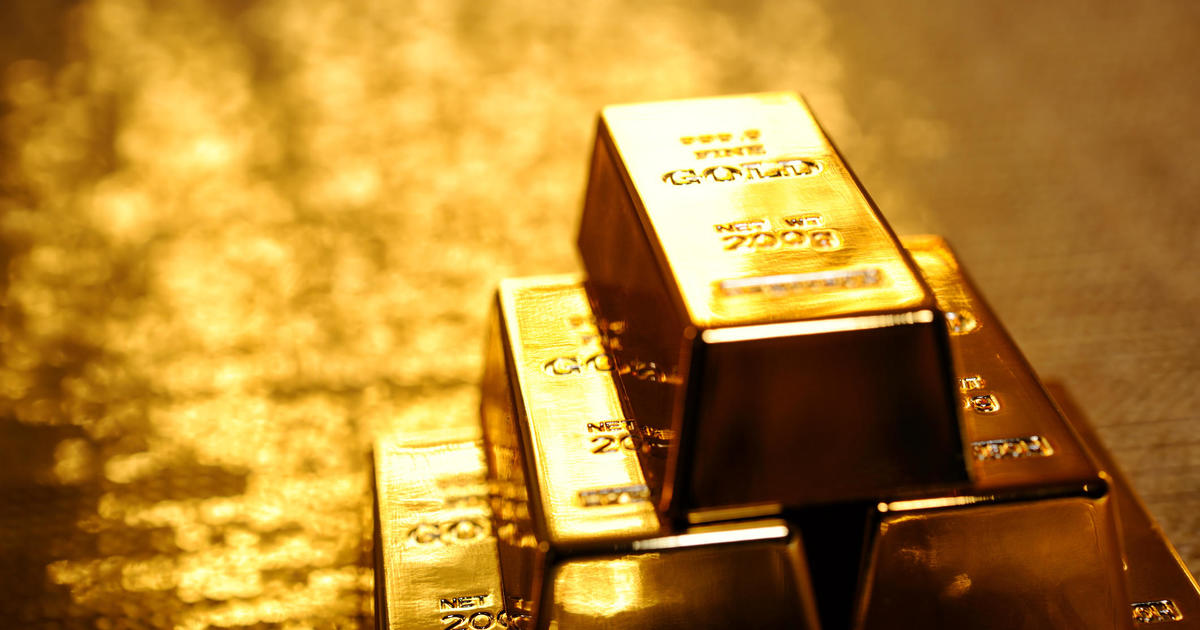
Illustration
According to the scientists, this connection is not far-fetched as gold mining becomes increasingly challenging due to the depletion of “easy gold,” requiring miners to overcome significant hurdles in assessing gold quality that can sometimes have serious environmental impacts.
For example, the carbon combustion process in metal mining (including gold) leads to the production of CO2 and other greenhouse gases (GHGs) accumulating in the atmosphere.
These challenges have increased gold mining costs and resulted in higher prices.
Returning to the HSBC experts’ research, while gold mining is energy-intensive and generates significant greenhouse gas emissions, gold itself has very low carbon emissions as it can be recycled multiple times.
Despite concerns about emissions, gold’s carbon footprint can reduce the overall emissions of investment portfolios. Therefore, gold is not just a stable safe-haven asset but also an attractive asset for investors looking to enhance the ESG performance of their investment portfolios.
References: KITCO NEWS, Sciencedirect, Weforum.org



